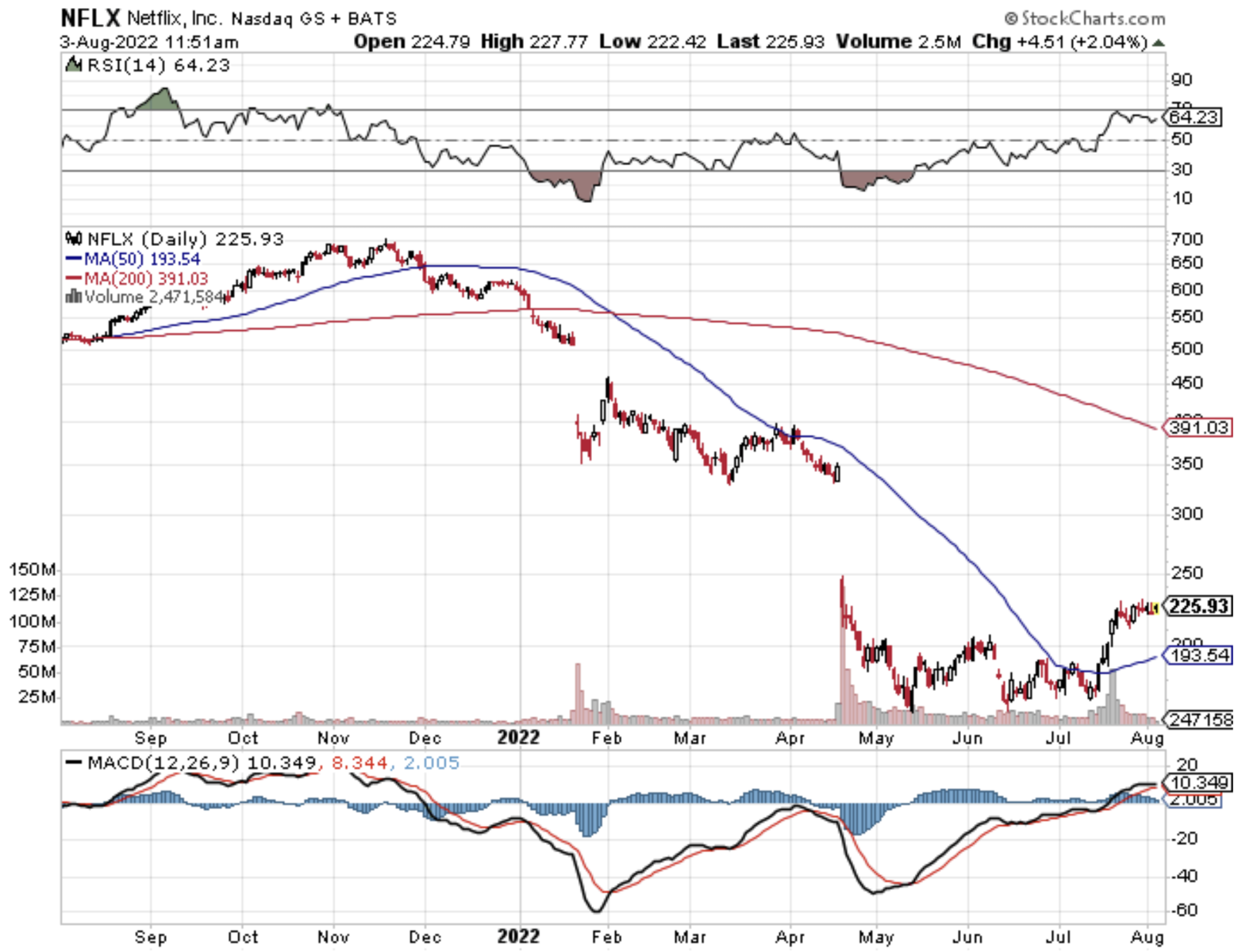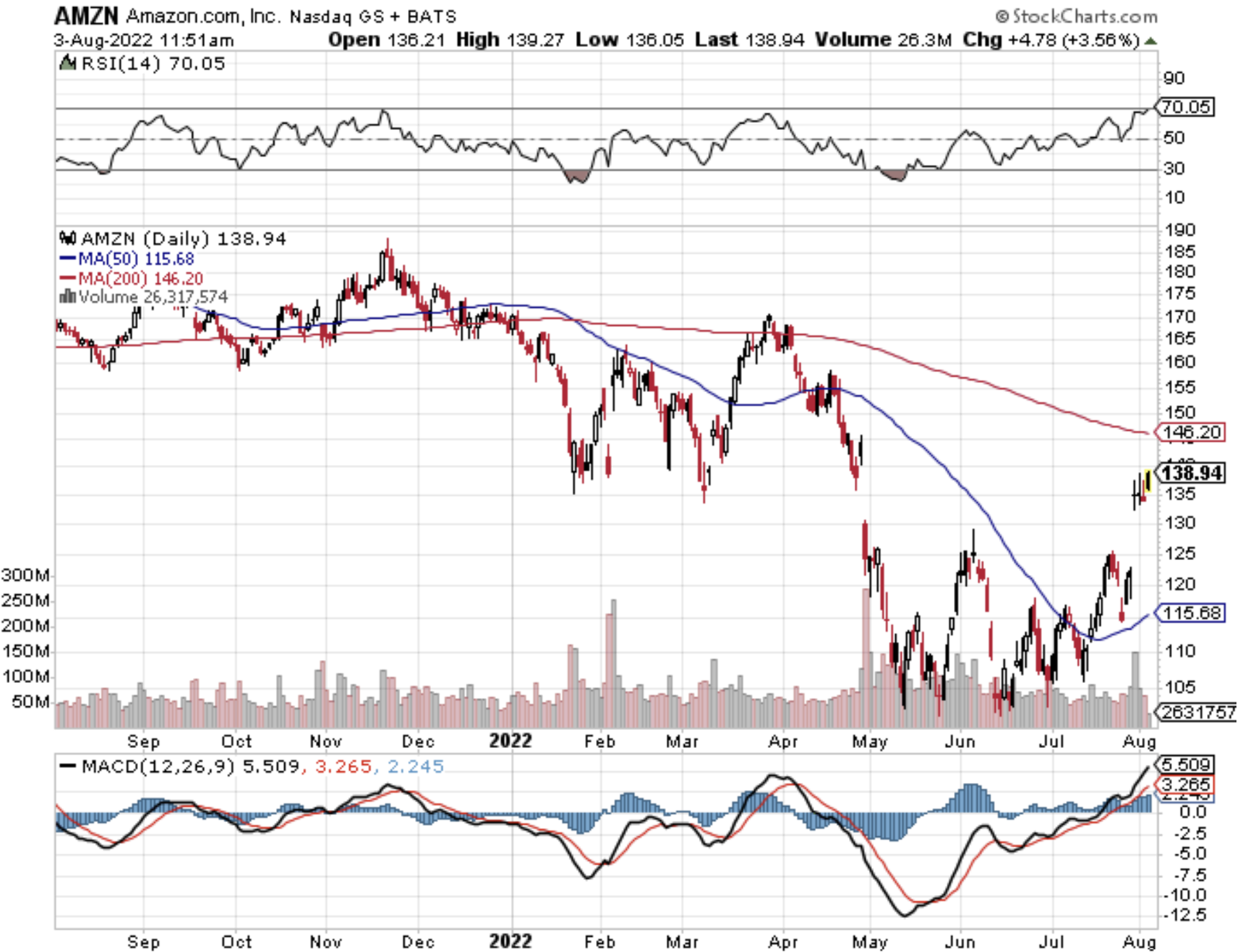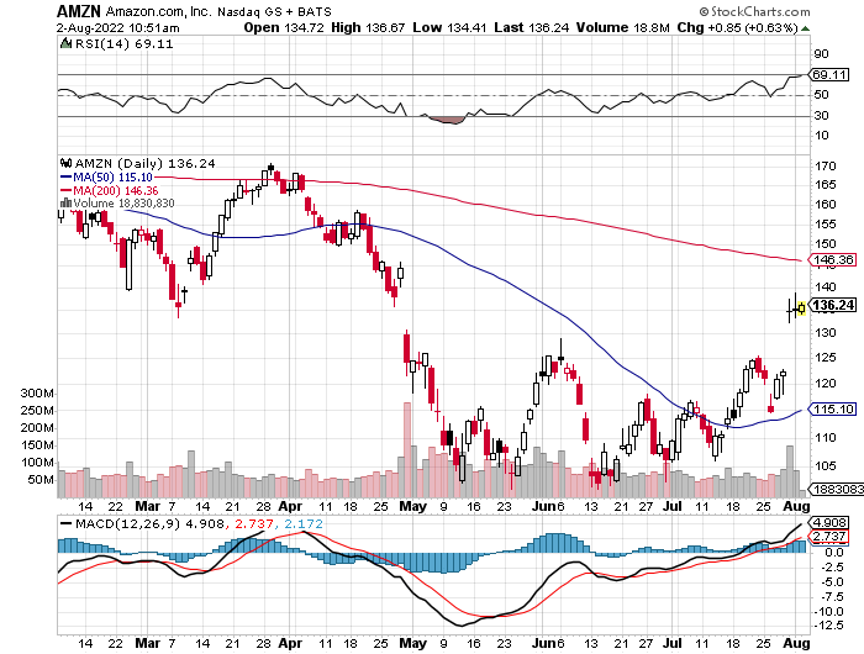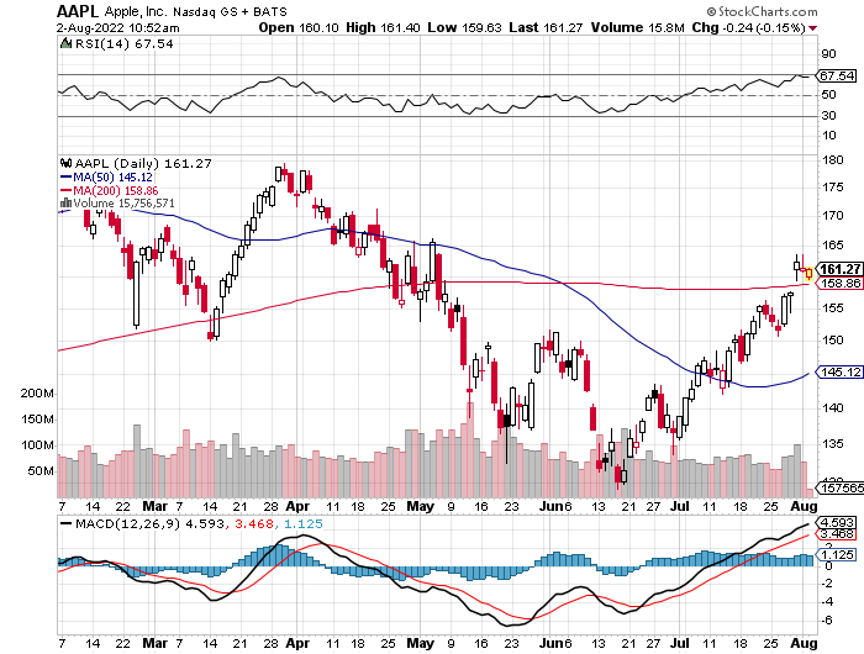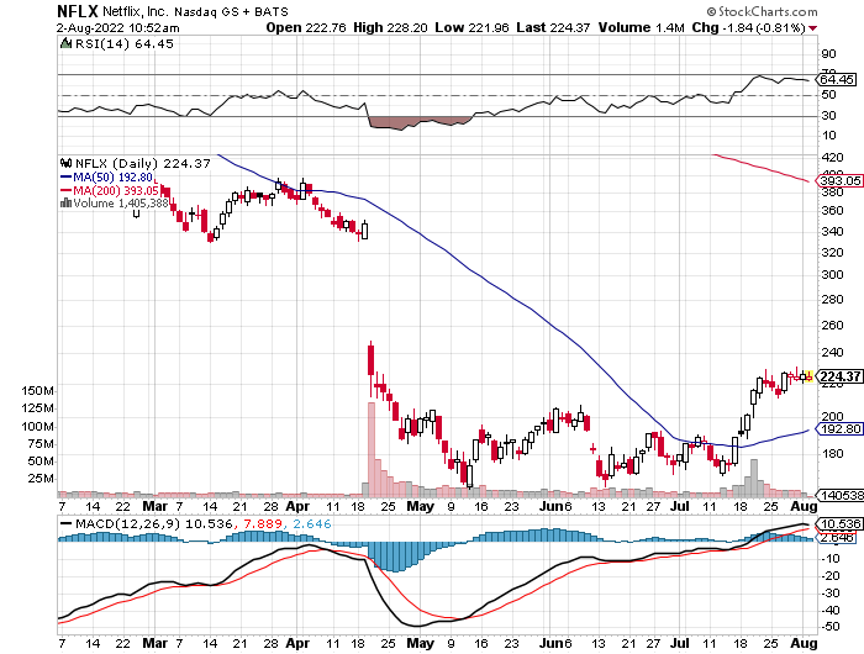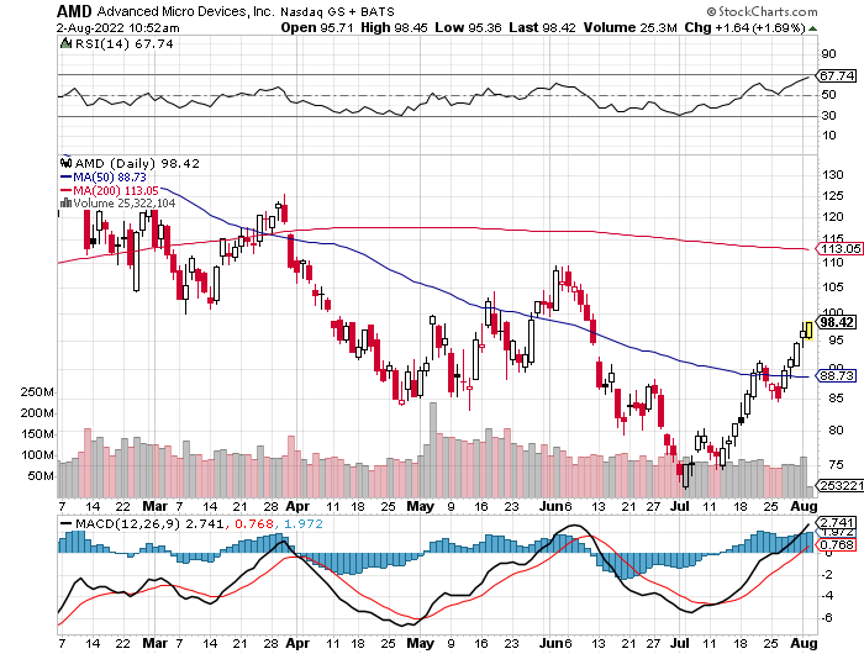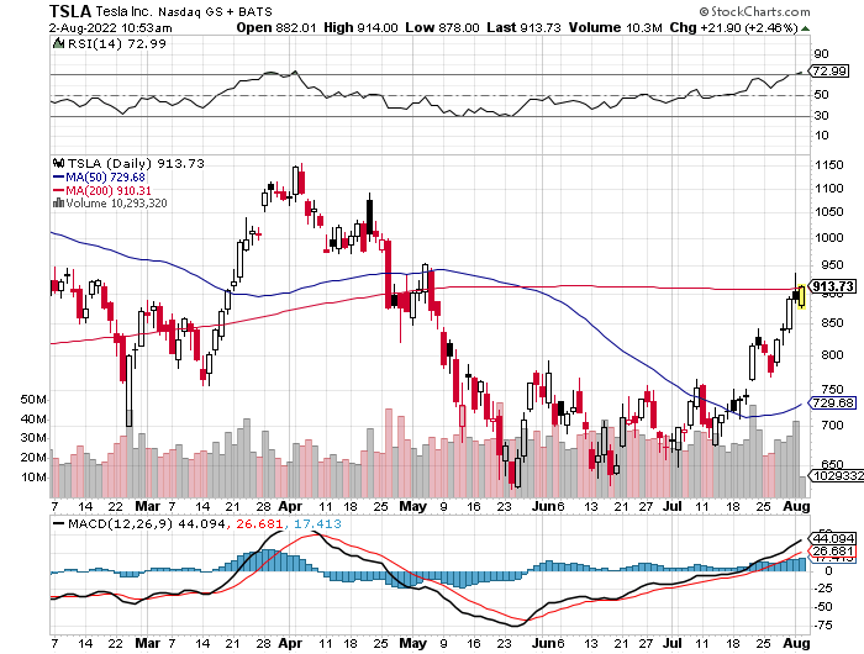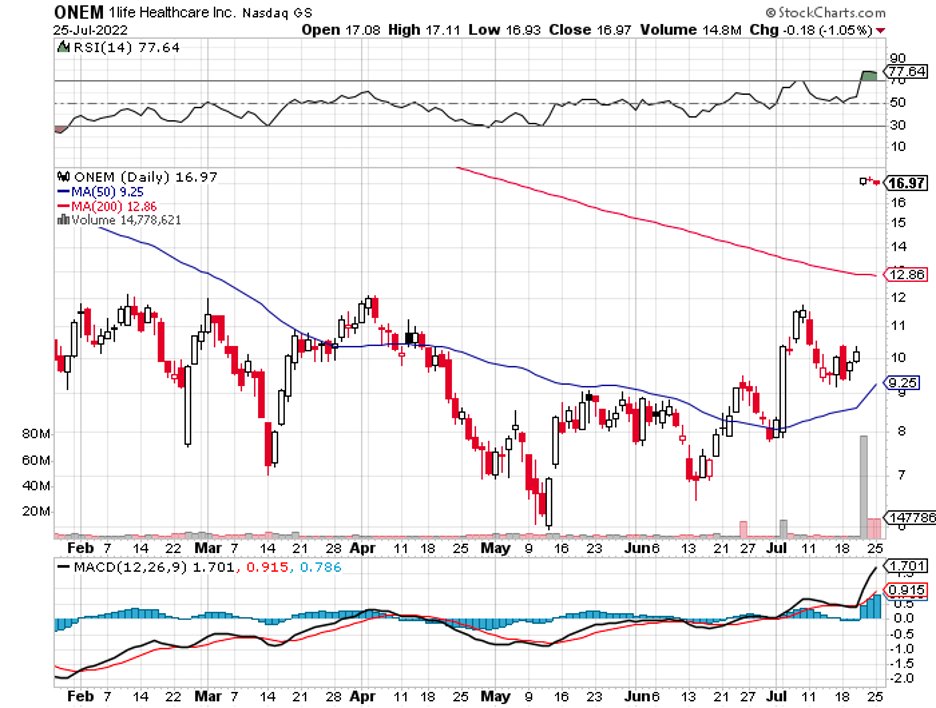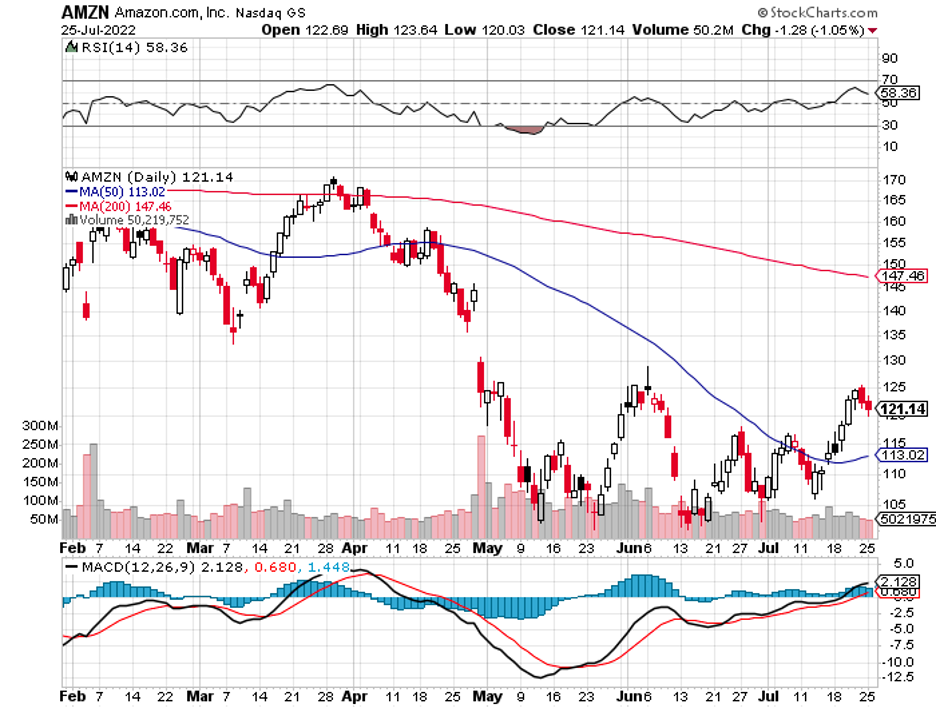The reversion to the mean crowd who like to do no research and just buy certain shares when they go down anticipating a quick rebound needs to avoid former streaming darling Netflix (NFLX).
The company has gone from bad to worse and like your black sheep little brother who loves to play the victim, avoid at all costs!
NFLX has parlayed deteriorating content with an even worse future game plan that screams subscriber bleeding.
The headwinds are adding up to something that will be insurmountable quite soon and I don’t believe that has been accurately reflected in the stock price yet.
Let’s take the running of their clean brand.
They are damaging the brand by integrating it with a lower-cost, ad-supported tier in early 2023. This comes on the heels of Netflix tapping Microsoft to be its partner on the ad-supported offering.
For many years, NFLX was adamant they would never go this route only to do an about-face.
Already losing subscribers, inserting ads to only muddy the content further won’t move the needle in terms of improving the quickly eroding content quality.
Like on a sinking ship, they are trying to chug as many whiskey bottles as possible before the ship goes underwater.
Netflix had warned investors last quarter that it expected to shed around 2 million subscribers but only lost around 970,000 during the three-month period ending June 30.
This artsy game of claiming a pyrrhic victory because the subscriber loss was only around a million and not 2 is insane.
A million subscribers lost is detrimental to any subscriber-based company in any sphere of business.
And remember, NFLX is supposed to be the preeminent growth company, yes, the one that is losing 1 million subscribers every 3 months.
Let’s rate the business model today.
Will the median consumer bite at a monthly NFLX subscription?
In the current market environment, which is characterized by inflation, consumers alter spending. In concrete terms, this means that consumers are concentrating on fewer streaming services.
Also, an NFLX content archive that is shrinkflating doesn’t help and I am not talking in terms of volume.
They no longer have access to the hit shows of old like Friends or Seinfeld that many Millennial viewers love to watch because other streaming platforms have recalled that content.
Times are lean to the bone for NFLX these days.
What we have today is a streaming service that can’t make in-house blockbusters apart from Stranger Things and after that, the kitchen is barren.
Weirdly enough, NFLX executives have turned to anime as if it’s a broad solution to the content woes.
I’ll give you a hint - it’s not.
Stealing content ideas from their 14-year-old daughter won’t hack it in this climate.
Even worse, they are taking classic anime titles from Japan and Americanizing them.
This type of Frankenstein anime is hard to watch.
The conclusion of Stranger Things Season 4 is peak NFLX for 2022 as pitiful as that sounds.
The search for content has really gone into full drive with Amazon (AMZN) picking up France Ligue 1 soccer league rights for $250 million per year on a 3-year contract.
Things have moved on a lot in the content world with American tech companies scouring the world for quality content while NFLX has been stuck in neutral.
The stock has gone from $700 to $200, and the poor executive decisions today mixed with inferior content means that they will underperform any tech rally that is manufactured to end the year.

